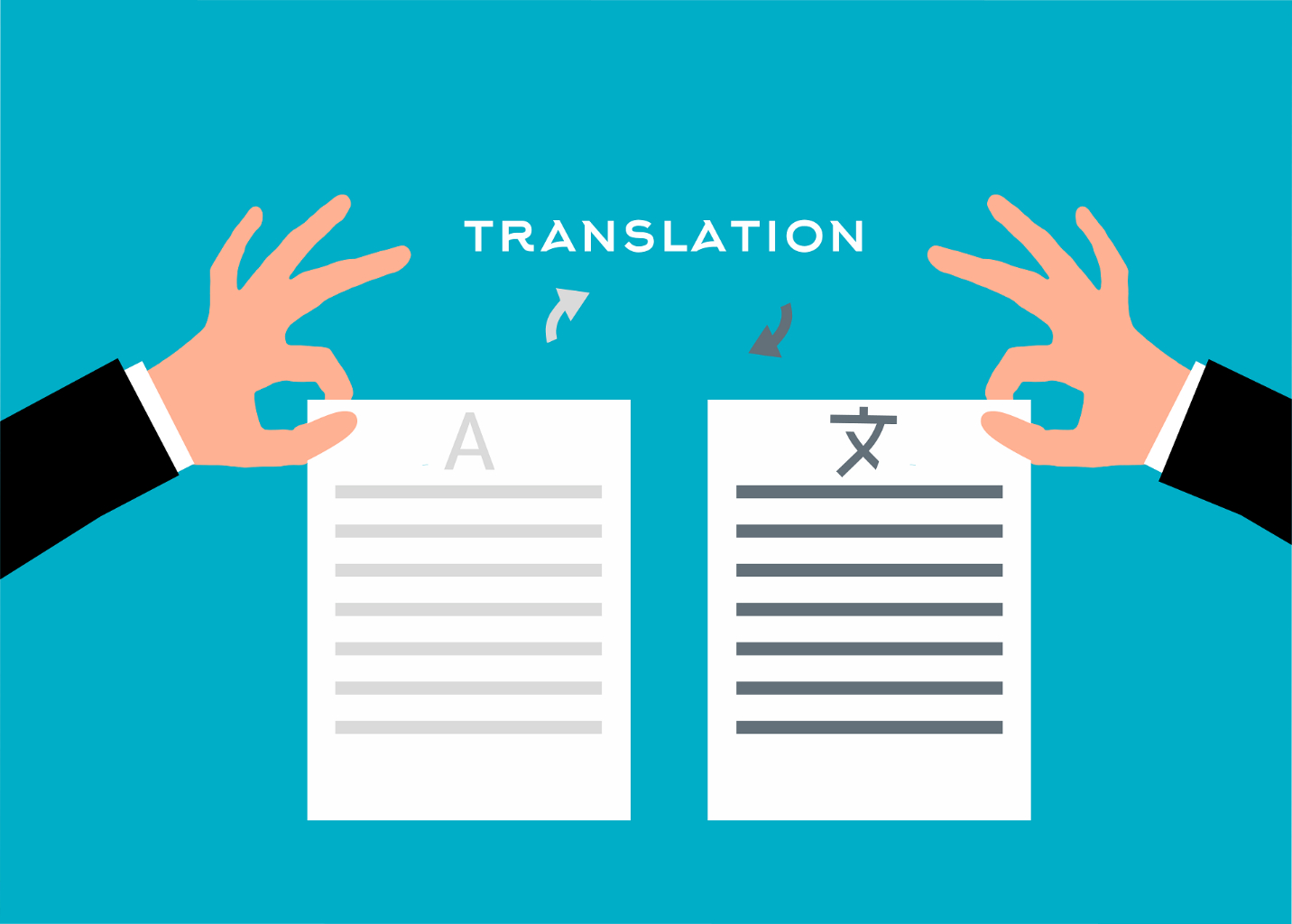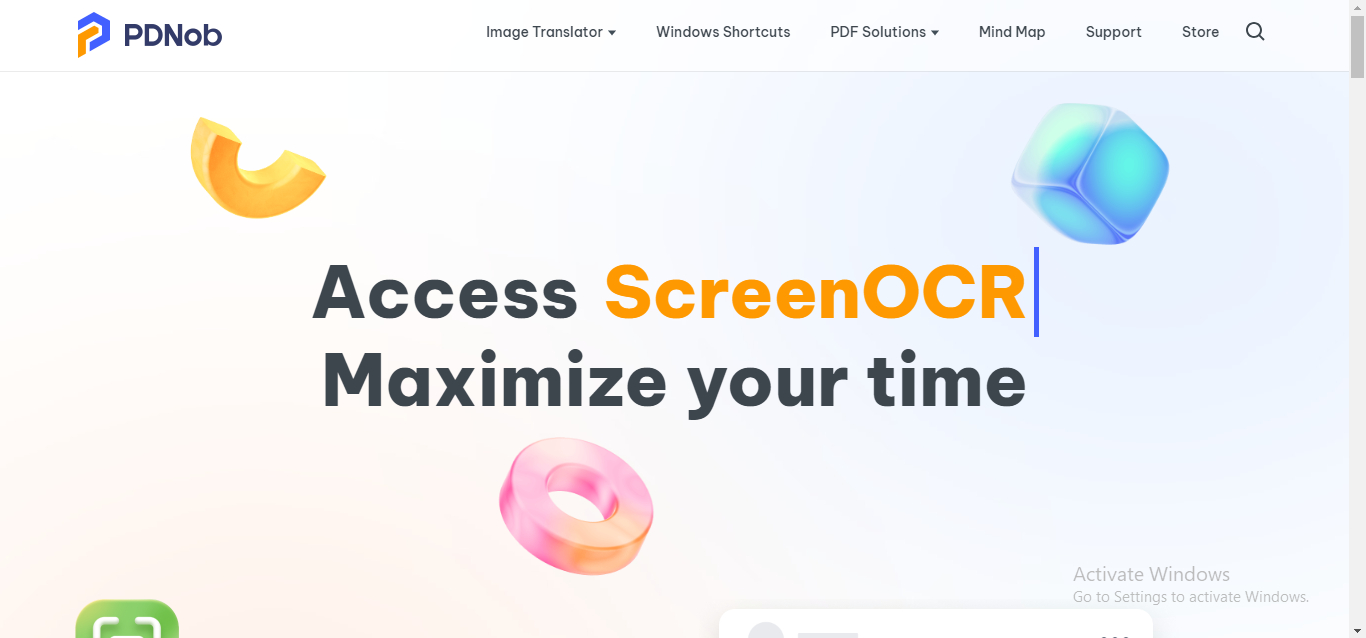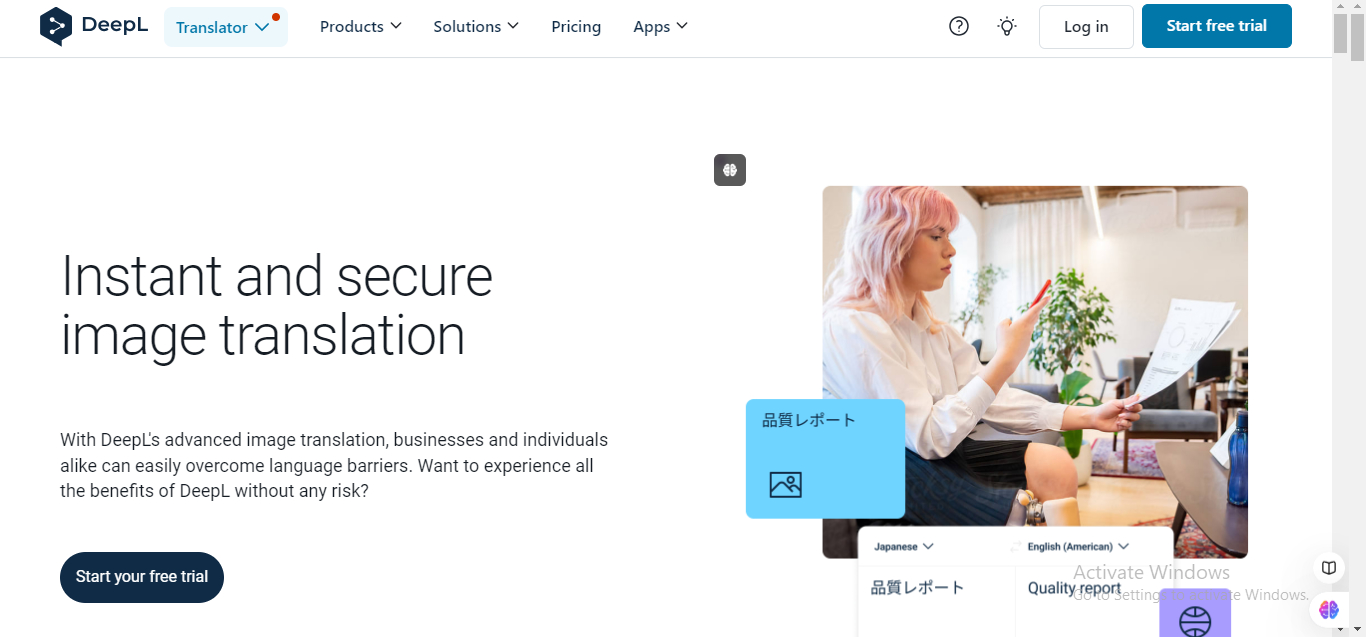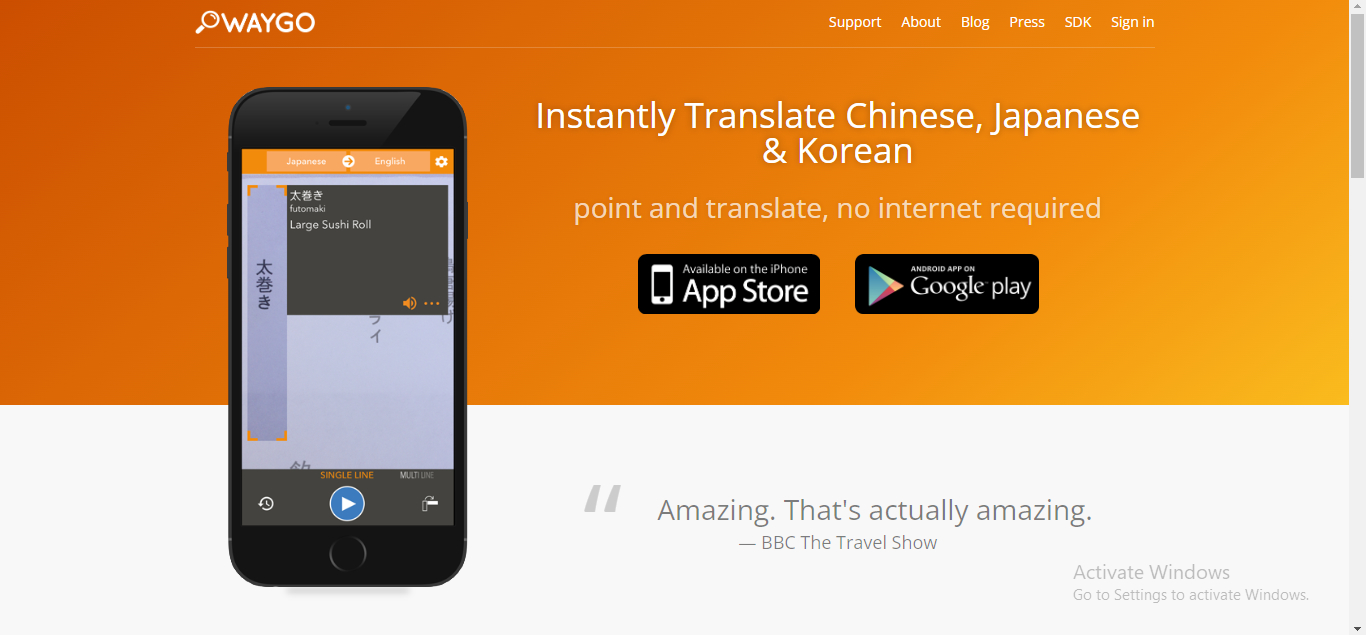Top 5 Best Japanese Image Translators for Effortless Translation
Japanese is a unique and complex language, and translating Japanese text embedded in images requires specialized tools.
Unlike languages with alphabetic scripts, Japanese text includes Kanji, Hiragana, and Katakana, adding layers of complexity. An effective Japanese image translator can decode this text accurately, making it accessible to non-Japanese speakers.
In this article, we’ll explore the top Japanese image translators of 2025, with a deep dive into PDNob Image Translator, a reliable tool for converting Japanese images into readable text.
From discussing the challenges to comparing the top tools, this guide will help you choose the best image translator Japanese option for your needs.
PDNob Image Translator
Image to Text Converter enables you to accurately extract text from all types of images without storing any picture files into the program.

Part 1: Challenges of Japanese Text in Images
Translating Japanese text within images can be challenging due to the unique characteristics of the language. Here’s an in-depth look at the hurdles involved:
1.1 Complexity of Multiple Writing Systems
Japanese consists of three scripts: Kanji, Hiragana, and Katakana, each with distinct characters and uses. Kanji alone has thousands of characters, each with unique meanings and multiple readings. For an image translator Japanese tool, recognizing and interpreting these scripts accurately is essential for a reliable translation.
1.2 Context and Formality Nuances
Japanese language is rich in contextual subtleties. Word choice, honorifics, and sentence structures often vary based on formality, making accurate translation dependent on understanding these nuances.
A Japanese image translator needs advanced language processing to account for these contextual shifts to prevent mistranslations, especially in professional or formal settings.
1.3 Vertical and Horizontal Text Orientation
Japanese can be written horizontally (left-to-right) or vertically (top-to-bottom). Vertical text is often found in traditional or artistic contexts, while horizontal text is common in modern publications. The best Japanese translator image tool should handle both orientations to provide accurate translations.
1.4 Handwriting Recognition
Handwritten Japanese characters introduce further challenges as each person’s handwriting style may vary significantly. Recognizing handwritten text requires advanced OCR (Optical Character Recognition) capabilities, which only specialized Japanese image translators can manage effectively.
These challenges underscore the importance of a dedicated Japanese image translator with high-precision OCR and language contextuality.
Part 2: Top 5 Best Japanese Image Translators
Here is a list of the top Japanese image translators available in 2025, highlighting their features, strengths, and limitations to help you make an informed decision.
1. PDNob Image Translator
PDNob Image Translator stands out for its high-accuracy OCR and ease of use, making it one of the most reliable tools for translating Japanese text from images.

Convert image to text free
Key Features:
- Precision OCR: Recognizes and translates complex Kanji, Hiragana, and Katakana characters, including handwritten text.
- Multi-Platform Compatibility: Available on both desktop and mobile devices.
- Real-Time Translation: Quickly provides translations for users needing on-the-go results.
Pros
Superior accuracy, user-friendly, real-time translation.
Cons
Limited offline features.
2. Google Translate
Google Translate remains one of the most popular Japanese translator image tools. It offers basic translation capabilities for Japanese text within images.

Key Features:
- Camera Integration: The app allows users to scan text in images directly, offering convenience and simplicity.
- Broad Language Database: Supports Japanese and many other languages, with basic context recognition.
Pros
- It is free to use
- It is accessible on mobile devices
Cons
- Inconsistent accuracy with complex Kanji and handwritten text.
3. DeepL Translator
DeepL is renowned for its high-quality translations and has extended its OCR capabilities to handle Japanese text. It offers reliable results for image-based translations.

Key Features:
- Contextual Accuracy: DeepL excels at nuanced translations, ideal for Japanese phrases that require contextual understanding.
- Supports Formal Translations: Useful for professional translations requiring high accuracy.
Pros
- You will notice high precision,
- It is great for formal translations,
- It uses advanced language processing.
Cons
- Subscription required for full functionality
- It has limited offline support.
4. Waygo
Specifically designed for Asian languages, Waygo provides efficientimage translator Japanese capabilities. It is a great choice for Japanese image translation. It mostly focuses on offline use.

Key Features:
- Offline Functionality: Translates Japanese text without internet access, ideal for travelers in remote areas.
- Simple Interface: Built for ease of use, Waygo is highly accessible for beginners.
Pros
- It is the best too for offline translation
- It is focused on Asian languages
Cons
- Limited advanced features
- It lacks context interpretation for nuanced translations
5. Naver Papago
Naver Papago translator is developed by Naver. It is tailored for Asian languages, including Japanese. It makes it one of the best Japanese image translators for casual translations.

Key Features:
- Real-Time Camera Translation: Provides instant translations by scanning images.
- Contextual Translation for Asian Languages: Optimized for understanding Asian language nuances.
Pros
- It is convenient to use
- Tailored for Asian languages,
- It is free to use
Cons
- Limited offline support
- Less suitable for formal contexts
Part 3: Comparison of the Above Japanese Image Translators
Below is a comparison chart summarizing the key features and capabilities of each Japanese image translator:
| Translator | Accuracy | Offline Access | Handwriting Recognitions | User-Friendliness | Key Features |
|---|---|---|---|---|---|
| PDNob Image Translator | High | Limited | Yes | High | Real-time translation, multi-platform |
| Google Translate | Medium | No | Limited | High | Free, accessible OCR |
| DeepL Translator | High | Limited | No | High | Contextual translation, ideal for professional use |
| Waygo | Medium | Yes | No | High | Offline functionality, simple interface |
| Naver Papago | Medium | No | Limited | Medium | Real-time, contextual Asian language support |
PDNob Image Translator
Image to Text Converter enables you to accurately extract text from all types of images without storing any picture files into the program.
Part 4: Benefits of Using PDNob Image Translator for Japanese Image Translation
The PDNob Image Translator offers unique advantages, making it a top choice among Japanese image translators:
- High Precision: PDNob’s OCR technology accurately recognizes complex Kanji characters, ensuring that Japanese text is translated accurately without losing meaning.
- Real-Time Translation: The tool’s real-time capabilities are ideal for busy professionals or travelers who need instant translations of Japanese text within images.
- User-Friendly Interface: PDNob’s intuitive interface is easy to navigate, making it accessible for both novice and advanced users.
- Compatibility with Different Languages: PDNob supports translations into multiple target languages, making it a versatile Japanese translator image tool.
- Suitable for Diverse Contexts: PDNob’s accuracy and simplicity make it suitable for formal translations as well as casual use, providing reliable support across various scenarios.
Part 5: Step-by-Step Guide: How to Translate Japanese Images with PDNob Image Translator
Using PDNob Image Translator to translate Japanese text from images is straightforward. This user-friendly guide makes PDNob an ideal image translator Japanese tool for anyone needing reliable, high-quality translations.
Here’s a simple step-by-step guide:
1.Download and Install PDNob: Visit the official website or app store to download the Japanese image translator onto your device.
Convert image to text free
2.Open the Application: Launch PDNob and select the OCR feature.
3.Upload or Capture Image: Choose an image containing Japanese text, either by uploading it from your device or capturing a new image.
4.Activate OCR Technology: Enable PDNob’s OCR feature to identify and process the Japanese text in the image.
5.Select Target Language: Choose the language you want the Japanese text translated into.
6.Review Translation: PDNob will instantly display the translated text. You can copy, save, or share the results as needed.
Part 6: Conclusion
Navigating Japanese text within images can be challenging, but the right Japanese image translator can make all the difference. Among the top options available in 2025, PDNob Image Translator stands out for its advanced OCR technology, high accuracy, and ease of use.
From formal translations to on-the-go translations, PDNob provides an accessible and reliable solution for various needs.
Additionally, other options like DeepL and Naver Papago provide unique strengths in specific contexts, ensuring that users have a wide range of choices for translating Japanese images.
Choose PDNob Image Translator for dependable Japanese image translation. It offers both accuracy and simplicity to meet your language needs.
PDNob Image Translator
Image to Text Converter enables you to accurately extract text from all types of images without storing any picture files into the program.






